Aluminum Die Casting Mold: Expert Guide for Manufacturers
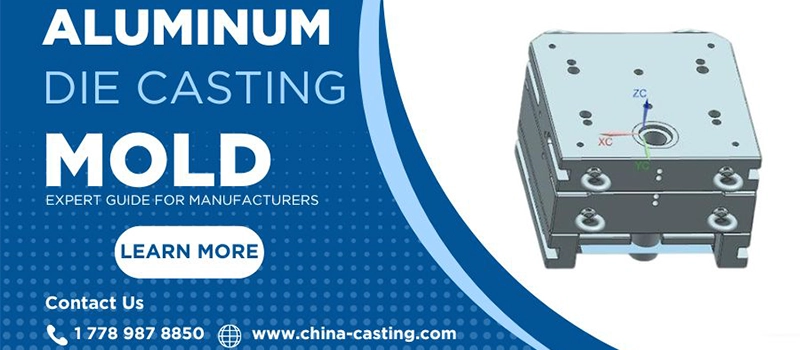
This expert guide dives into the essentials of aluminum die casting molds, covering types, precision design, manufacturing steps, and key advantages of aluminum. Learn how the right mold strategies can improve quality, cut costs, and drive success in high-volume production.
How Chemical Elements Affect Metal Alloy Properties
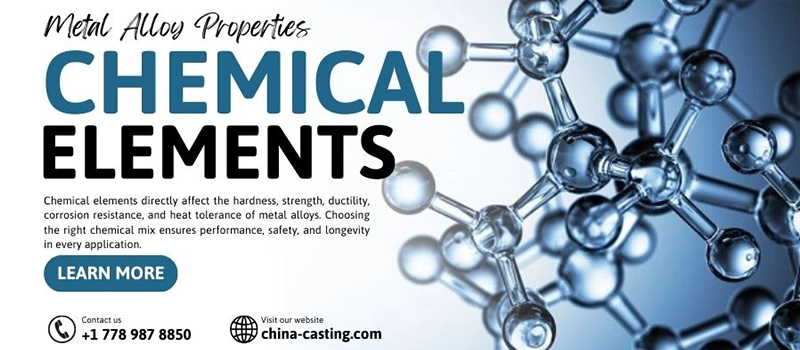
Chemical elements such as carbon, chromium, and nickel play a critical role in defining the mechanical and chemical properties of metal alloys. This article explains how these elements impact strength, corrosion resistance, and industrial application performance.
Zinc Die Casting: Benefits and Applications
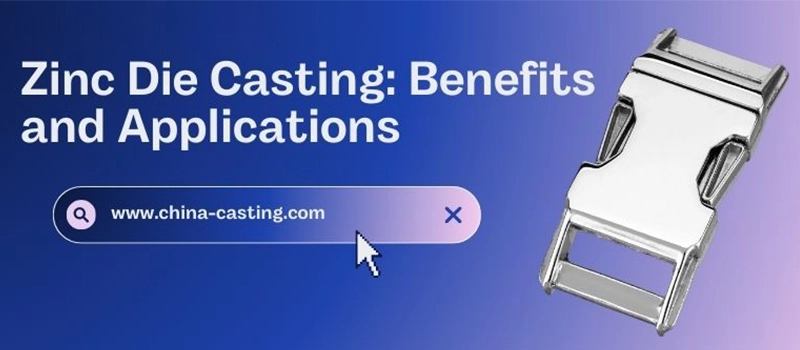
This article explores the zinc die casting process, highlighting its advantages in cost, strength, and precision. Learn how it outperforms aluminum and stainless steel in specific applications, and why it’s the preferred choice for manufacturers seeking quality and efficiency.
Die-Cast Aluminum vs Cast Aluminum: Main differences
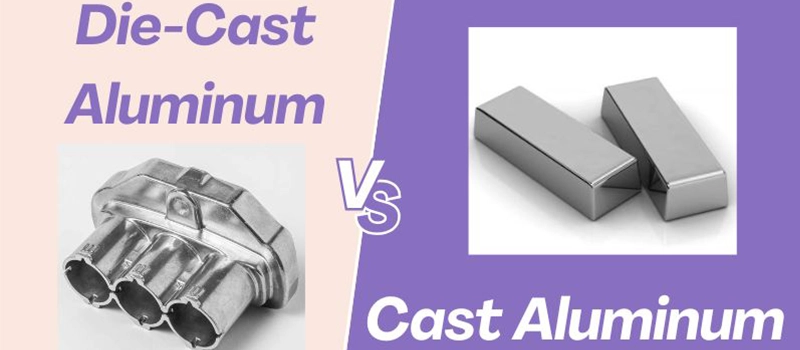
This guide compares die-cast aluminum vs cast aluminum through the lens of manufacturing methods, machining performance, surface finish, and material strength. Learn how each casting method impacts tooling, durability, and application suitability for your industrial needs.
Tapped Hole vs Threaded Hole: Key Differences Explained
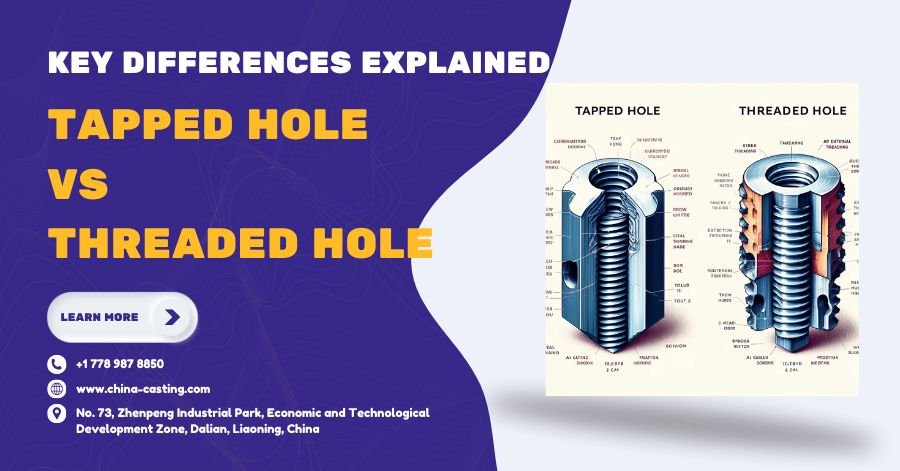
In metal manufacturing, understanding the difference between a tapped hole vs threaded hole is crucial for functional design, durability, and cost control. This guide breaks down their definitions, use cases, pros and cons, and expert tips to help engineers make informed choices.
Aluminum Sandblasting: Best Media & Techniques Explained
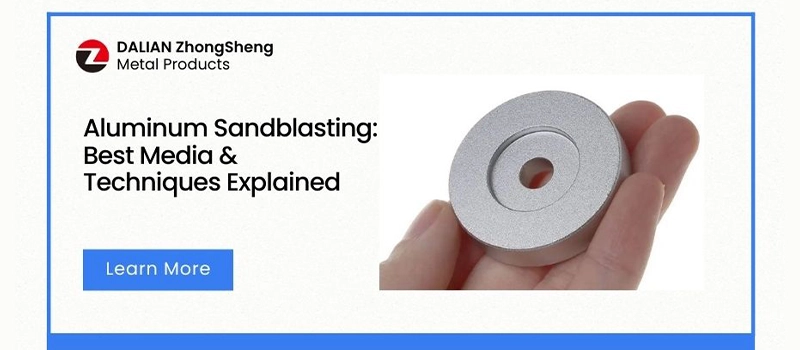
This in-depth guide to aluminum sandblasting explains how to safely blast aluminum surfaces, wheels, and rims using the right media — including aluminum oxide. We cover key techniques, polishing options, and quality control to help improve surface finish and product performance.
Mould Temperature Controller: Improve Casting Results
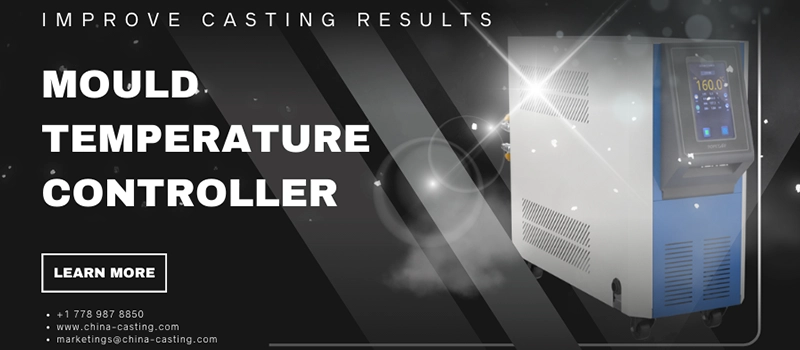
A mould temperature controller ensures consistent thermal conditions during casting, which enhances product quality, shortens cycle times, and reduces waste. This guide explains how it works, its benefits, and how to choose the best one for your factory needs.
Cold Shut Casting Defects: Causes, Risks, and Prevention
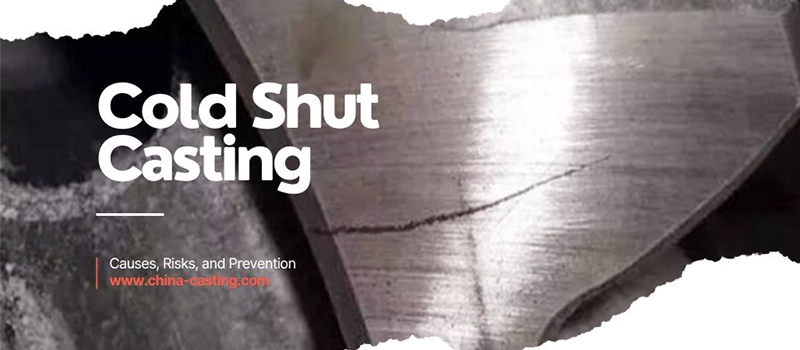
Cold shut is a common casting and forging defect that weakens metal parts and increases failure risk. This article explains what cold shut is, how to identify it, its causes, risks, and practical prevention methods to ensure high-quality production.
Cast Iron vs Cast Aluminium: Choosing the Right Material
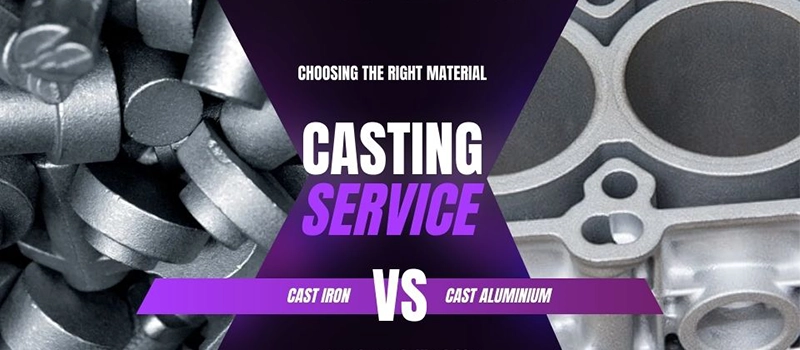
This guide compares cast iron and cast aluminium across key metrics such as strength, melting point, weight, corrosion resistance, and machinability. Ideal for manufacturers, engineers, and buyers evaluating casting materials for industrial applications.

